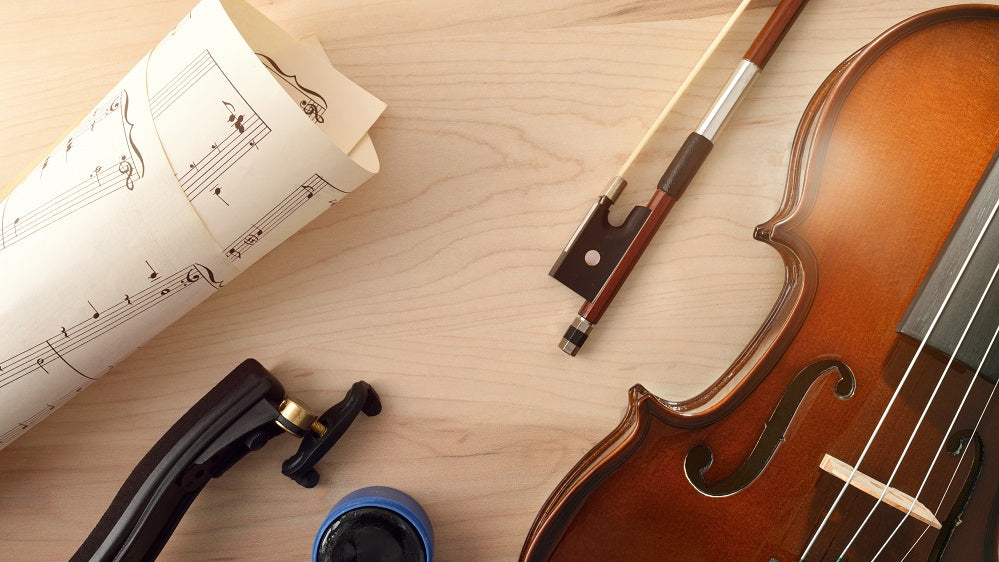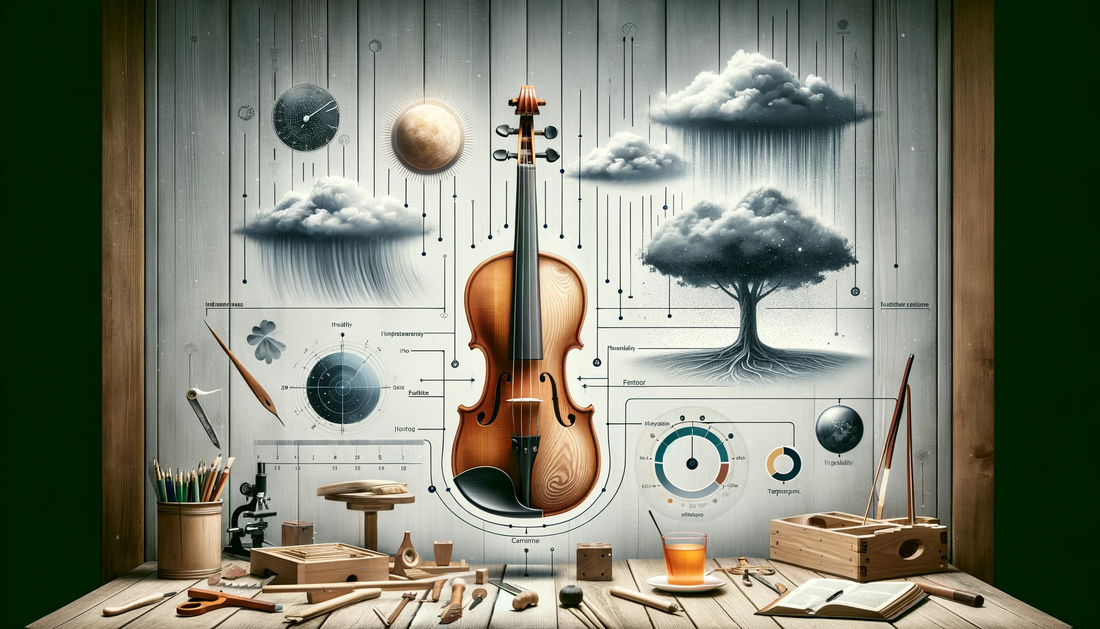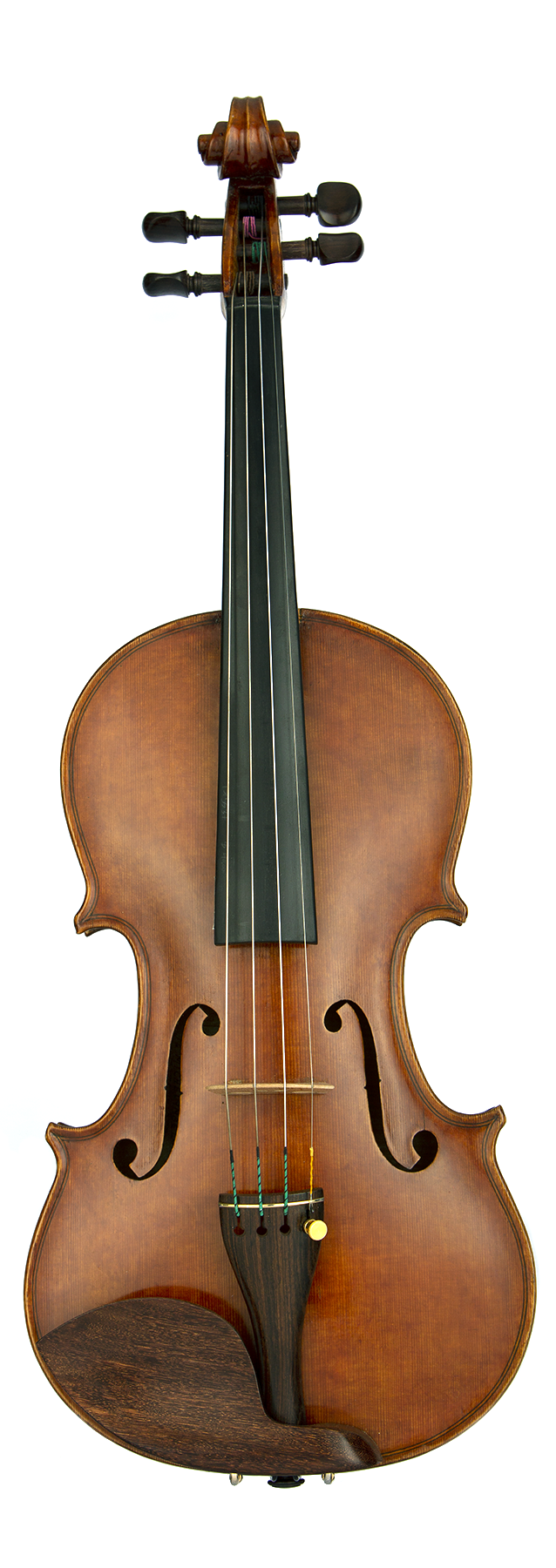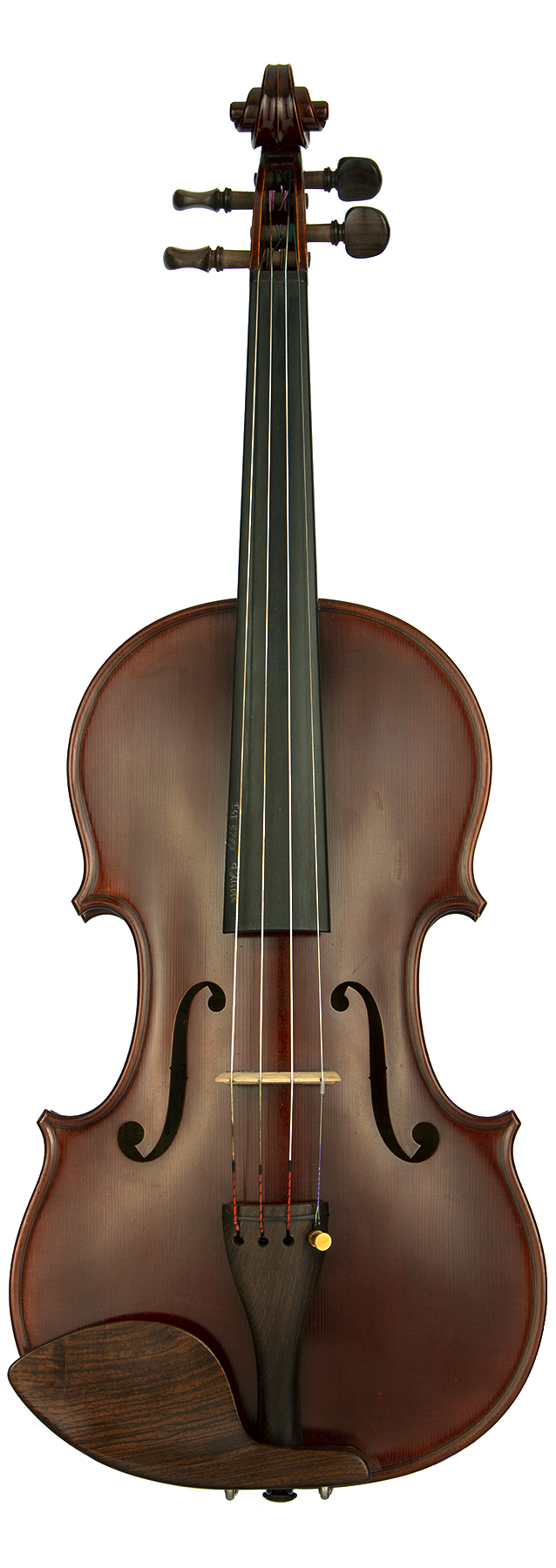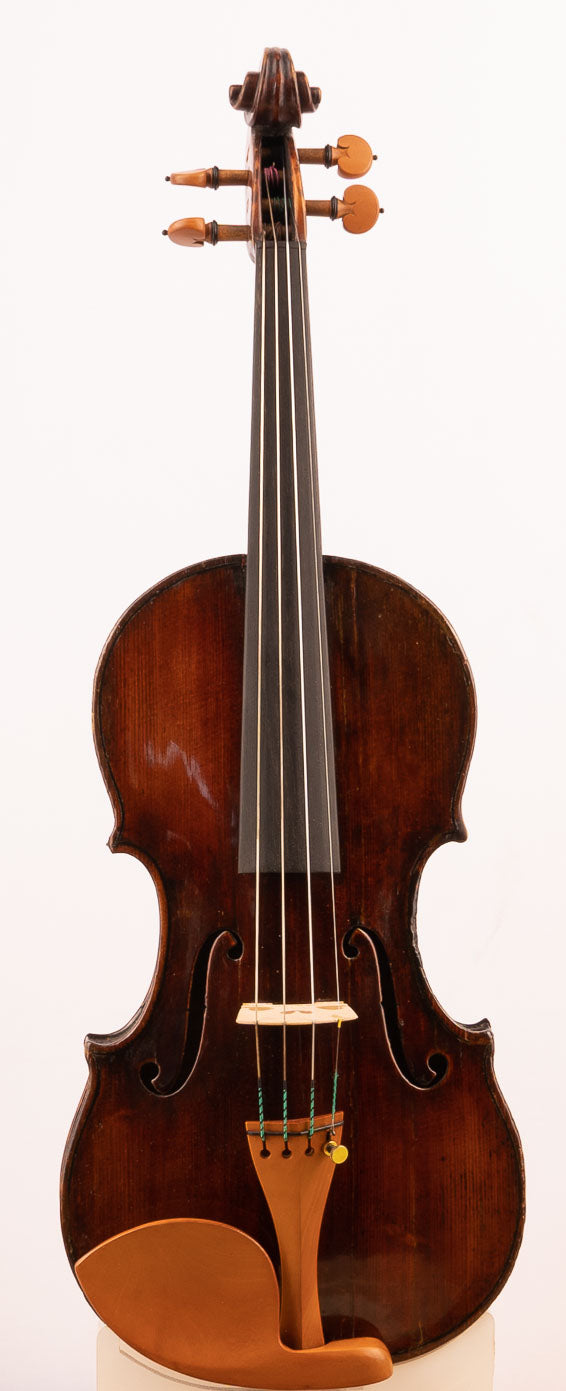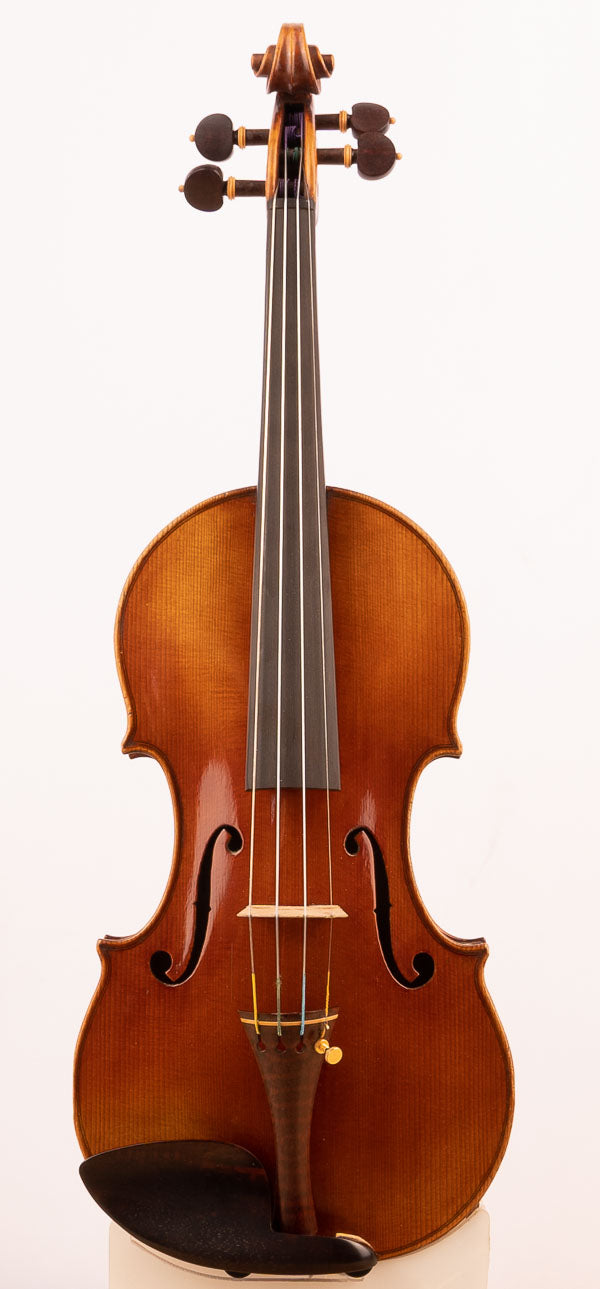In the world of violin making, the significance of climate on woodworking is an aspect that demands meticulous attention. Climate conditions profoundly influence the selection, aging, and working of the woods used in violin making. This post delves into the multifaceted impact of climate on the art and science of crafting violins, providing insights essential for any expert violin maker.
Wood Selection and Climate Influence
The choice of wood is the first step in violin making where climate plays a crucial role. Traditionally, spruce and maple are preferred for their acoustic properties. The growth conditions of these woods, heavily influenced by climate, are critical for their quality. Research indicates that the denser annual growth rings in spruce, resulting from colder climate conditions, contribute to the desired acoustic properties in violin tops (Stoel & Borman, 2008). Maple, used for the back, neck, and ribs, also shows variation in density and structure based on the climatic conditions where it grows.
In my experience, selecting wood for violins involves assessing these climatic impacts. The texture, grain pattern, and density of the wood can vary significantly with the climate of the region where it was grown. For example, spruce from colder regions tends to have tighter grain, which is often sought after for its resonant qualities. This aspect of wood selection underscores the need for a deep understanding of how climate shapes the fundamental material of violin making.
Aging Process and Environmental Factors
Once selected, the wood must be aged, a process heavily influenced by environmental conditions. The aging process stabilizes the wood and is essential for its acoustical maturation. Humidity and temperature are critical factors in this stage. Wood that is aged in environments with controlled humidity and temperature tends to have more stable and predictable qualities. In contrast, wood aged in fluctuating conditions can develop inconsistencies that may affect the sound and structural integrity of the finished violin.
This principle was evident when I compared two violins in my workshop: one made from wood aged in a stable environment and another from wood aged naturally with significant seasonal variation. The former had a more consistent tonal quality, whereas the latter exhibited variations in sound across its body, attributed to the differential aging of the wood.
Impact on Woodworking Processes
The actual process of crafting the violin is also sensitive to climatic conditions. Wood's responsiveness to tools and its ease of shaping can vary with the ambient humidity and temperature. In high humidity, wood tends to be more pliable but can also swell, making precise fitting challenging. Conversely, in dry conditions, wood becomes brittle, increasing the risk of cracks during the woodworking process.
In workshops where climate control is not feasible, adjustments in techniques and schedules become necessary. For instance, during periods of high humidity, delicate processes like carving the scroll or fitting the joints might be postponed or approached with greater caution. This adaptive approach is crucial for maintaining the high standards of precision required in violin making.
Climate Change and Future Challenges
The broader issue of climate change poses new challenges for violin makers. Changes in global climate patterns can affect the growth and availability of quality woods. The impact on traditional wood sources, like European spruce and maple, could lead to a scarcity of high-quality materials, compelling makers to explore alternative woods or engineered materials.
This shift is already noticeable in the industry. Some makers are experimenting with woods from different regions or with modified properties, like treated or artificially aged woods, to adapt to these changes. While these materials offer consistency and sustainability, they also bring new acoustical and workability characteristics that require study and adaptation.
Conclusion
Climate’s impact on violin woodworking is extensive, influencing every stage from wood selection and aging to the actual crafting process. Understanding and adapting to these climatic influences is a vital part of a violin maker’s expertise. As environmental conditions continue to evolve, the ability to innovate and adapt will become increasingly important. The future of violin making will likely see a blend of traditional practices and new approaches to meet the challenges posed by a changing climate.
References:
- Stoel, B. C., & Borman, T. M. (2008). A Comparison of Wood Density between Classical Cremonese and Modern Violins. PLOS ONE, 3(7), e2554.
